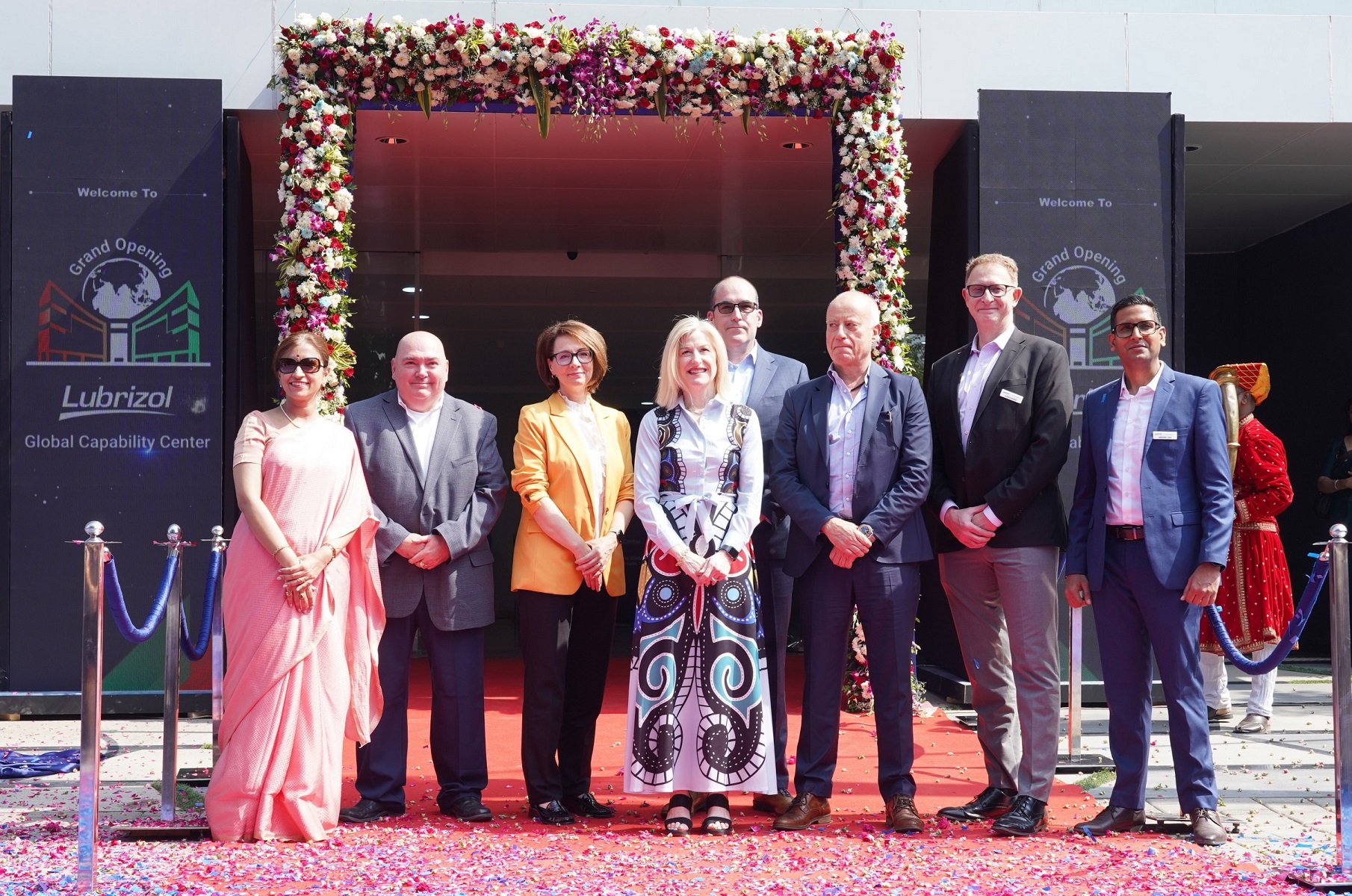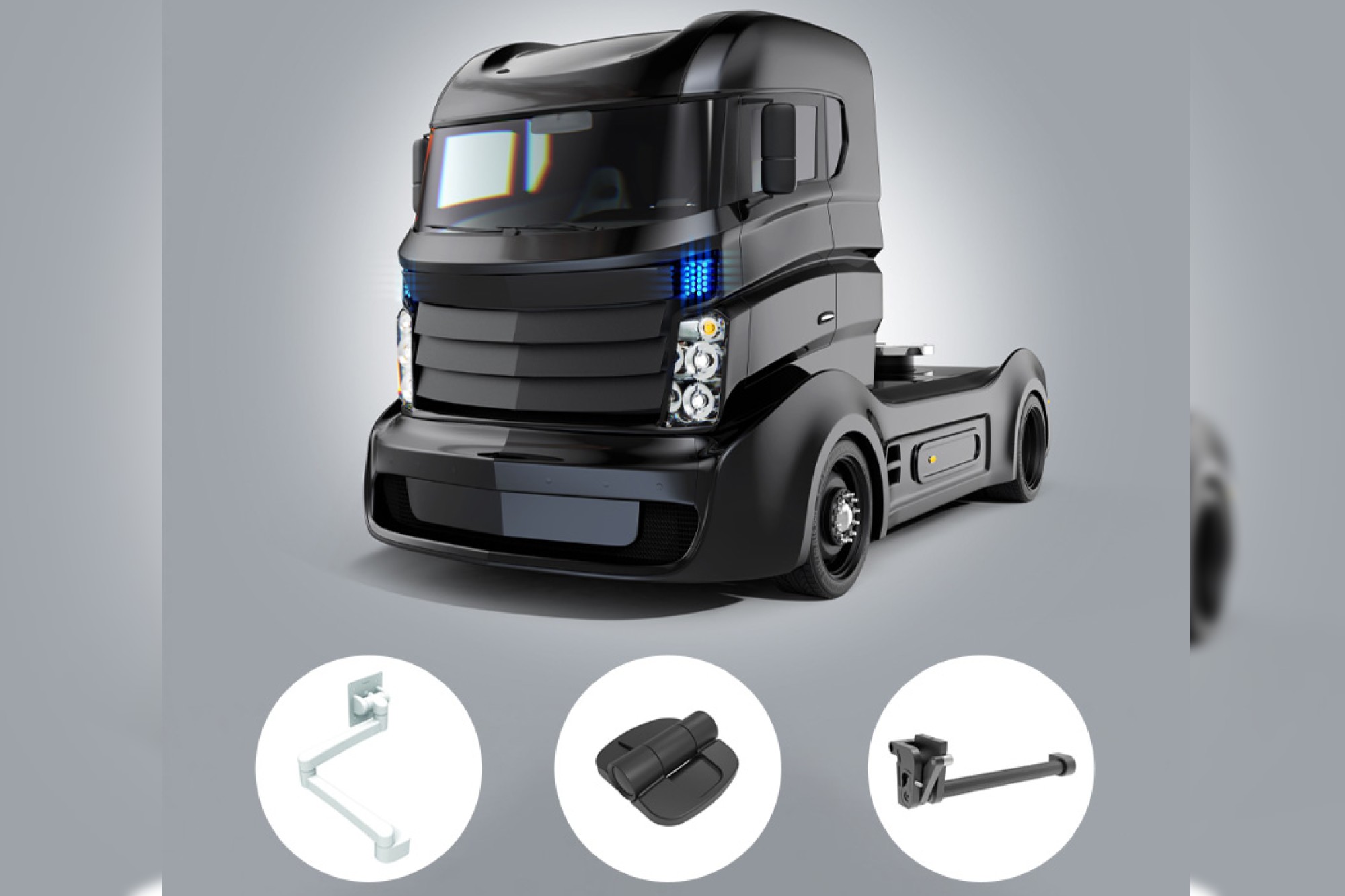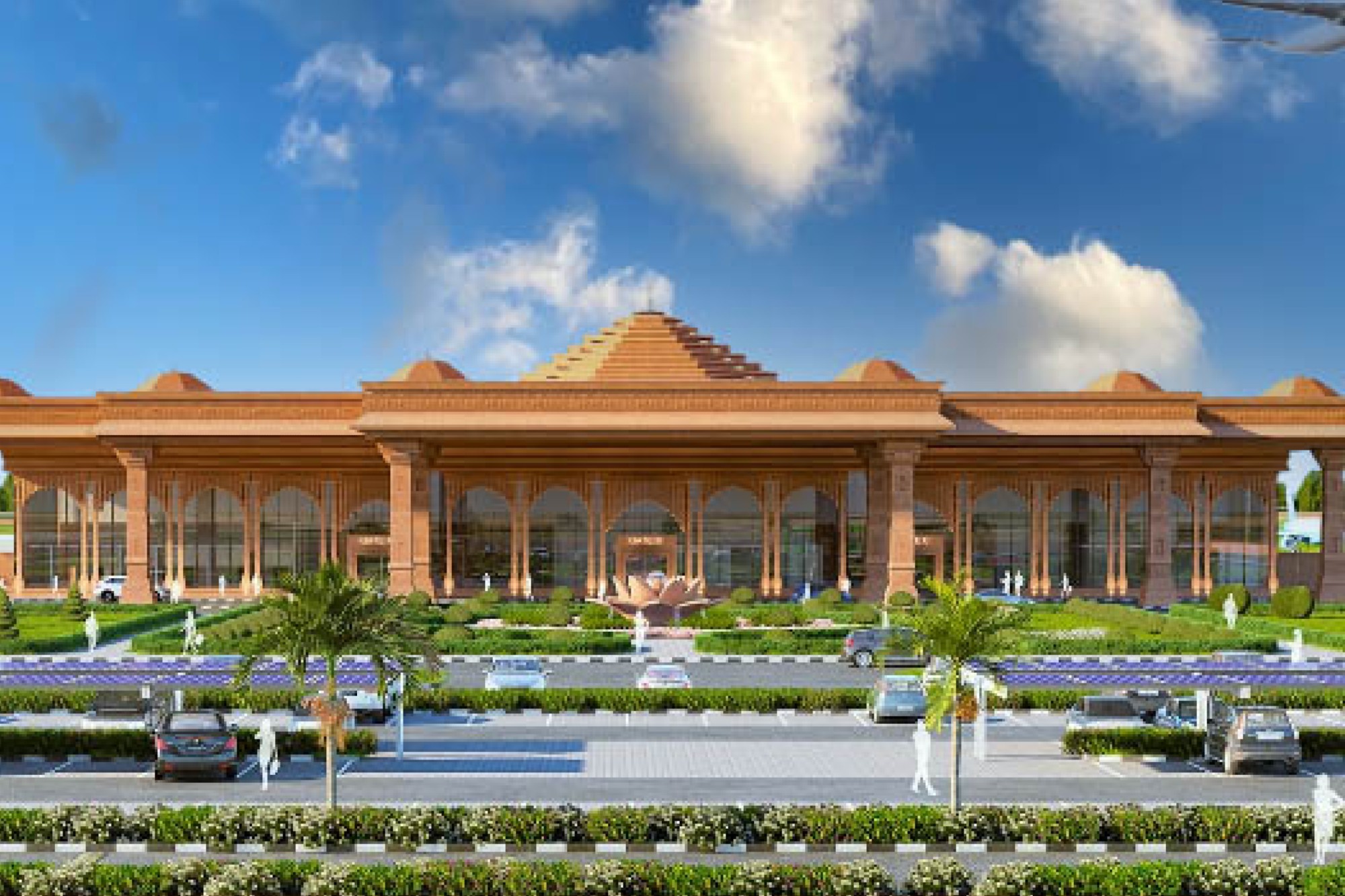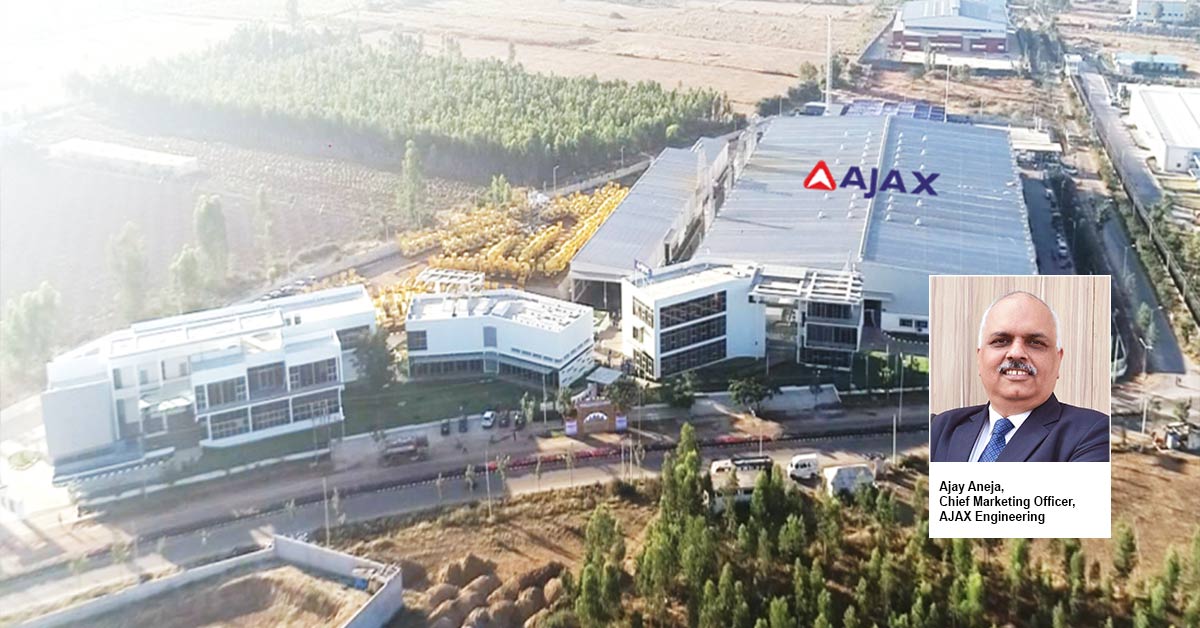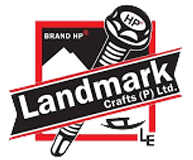How to plan horizontal directional drills efficiently in urban areas?
By Edit Team | February 15, 2021 12:07 pm SHARE

While using HDDs and other trenchless equipment in congested city environments is common, when larger machines are brought in to install large-diameter products, many extra factors need to be considered.
Many utilities and municipalities are opting for trenchless construction instead of open-cut work in busy urban areas for upgrading water, wastewater, gas and electrical transmission lines. “People outside of the construction industry don’t like seeing streets closed and ripped up for months at a time for underground work,” explains Tod Michael, product manager for trenchless core products at Vermeer. “In some cases, like on sewer rehabilitation projects, the mess is unavoidable, but most city officials prefer trenchless methods when possible. Using horizontal directional drills (HDDs) and auger boring machines to install large-diameter product helps minimize the impact on the people living in the community and the amount of restoration work needed after the utility is in the ground.” While using HDDs and other trenchless equipment in congested city environments is common, when larger machines are brought in to install large-diameter products, many extra factors need to be considered. “Space limitation, jobsite logistics, drilling fluid management, noise restrictions and other potential city policies are common obstacles on large-diameter trenchless projects in urban areas,” says Michael.
To help mitigate potential issues with projects happening in city limits, Michael said it’s best to analyze project details during the bid process carefully. “Contractors need study the entry and exit site dimensions to determine if they have enough room for all of the equipment required to do the work. They also need to look into city-specific permitting and restrictions that may impact their work. Occasionally, those details aren’t spelled out very well, so asking a lot of questions is important to develop the most accurate estimate for the project and prevent surprises when the work starts.”
Space limitations
When working in more congested areas, having enough space for all the machinery needed to execute a large-diameter bore is one of the most important factors to consider ahead of time. According to Michael, if there isn’t enough room, contractors may have to evaluate everything from using a drill with a smaller footprint to adjusting the way some of the support equipment is used on the project. “Maxi rigs that have an onboard cab and 20-foot (6.1-m) rod rack are a good option for these types of projects because they are much more compact than many of the drills used on rural oil and gas projects. However, crews may spend more time making and breaking rod connections, which may add extra time to the job. Also, crews may have to move their mud recycling systems to a separate location if spacing is too tight. For these reasons, the square footage of the jobsite can have a huge impact on how long a job will take.”
On the exit side of the bore, available space will be determined if there is room to lay out piping ahead of pullback or if it will need to be added a section at a time.
Jobsite logistics
The site’s specific location is important, too, since there can be less flexibility for setback distances in urban areas. “To maintain the drill pipe and product bend radius, crews may need to make adjustments to the entry angle, which can take a lot of planning and prep work to build up a pad to accommodate the right angle.”
The site’s location can also impact getting machinery and workers to the job every day and dictate the need for additional crews to do tasks like directing traffic. “Contractors need to make sure they understand local street weight limits because they may need to make more trips or obtain special permits to bring the machinery needed for the job,” Michael explained. “It’s better to look into those details ahead of time because extra transport costs and the need for extra workers on a job can have a substantial impact on operational expenses.”
Fluid management
From identifying a nearby water source and the closest disposal site, thinking through fluid management is another important consideration that may require more planning on urban jobs. “Space on each end of the bore may determine where a crew can set up a reclaimer,” says Michael. “However, whether the fluid is being recycled on the entry or exit side, there needs to be a plan to get it back to the drill. In some cases, it may be able to be pumped back, but if there are above-ground obstacles like roadways or buildings, that’s not always possible. In those instances, contractors may need to truck it back and forth.”
Michael says it is common to establish a separate mud management site when there isn’t enough room to reclaim used drilling fluids on either side of the bore. “Using vac trucks, crews will bring used slurry to the mud management site to clean it, and then use water trucks to bring it to the drill. There are many moving pieces on jobs that require the use of multiple trucks, but sometimes crews just don’t have any other options.”
Contractors also need to think through a mud containment plan on urban projects. “While it’s important to take every step possible to avoid inadvertent returns, crews need to discuss what steps need to be taken in the event that may happen,” adds Michael.
For more information, visit:
vermeer-india.com
Cookie Consent
We use cookies to personalize your experience. By continuing to visit this website you agree to our Terms & Conditions, Privacy Policy and Cookie Policy.




